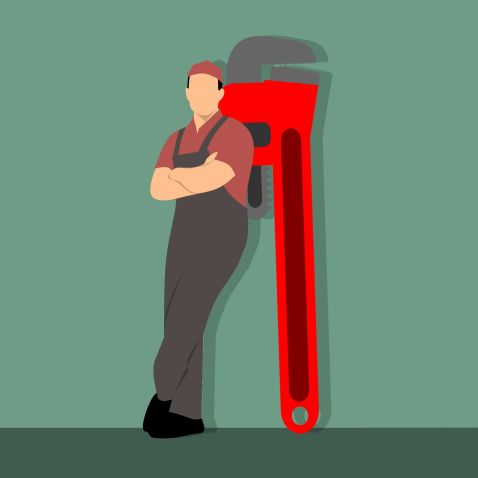Plumbing in any house or building is very important. Everyone knows it. But few of us take care...
Dryer Duct Cleaning: Six FAQs About Cleaning and Repairing Dryer Ducts
The clothes dryer is one of the most-used appliances in a home. Most people use them every day...
Residential Roofing Services – How to Hire the Right Company
You need a professional and experienced roofing service to maintain or fix your roof, and it can be...


